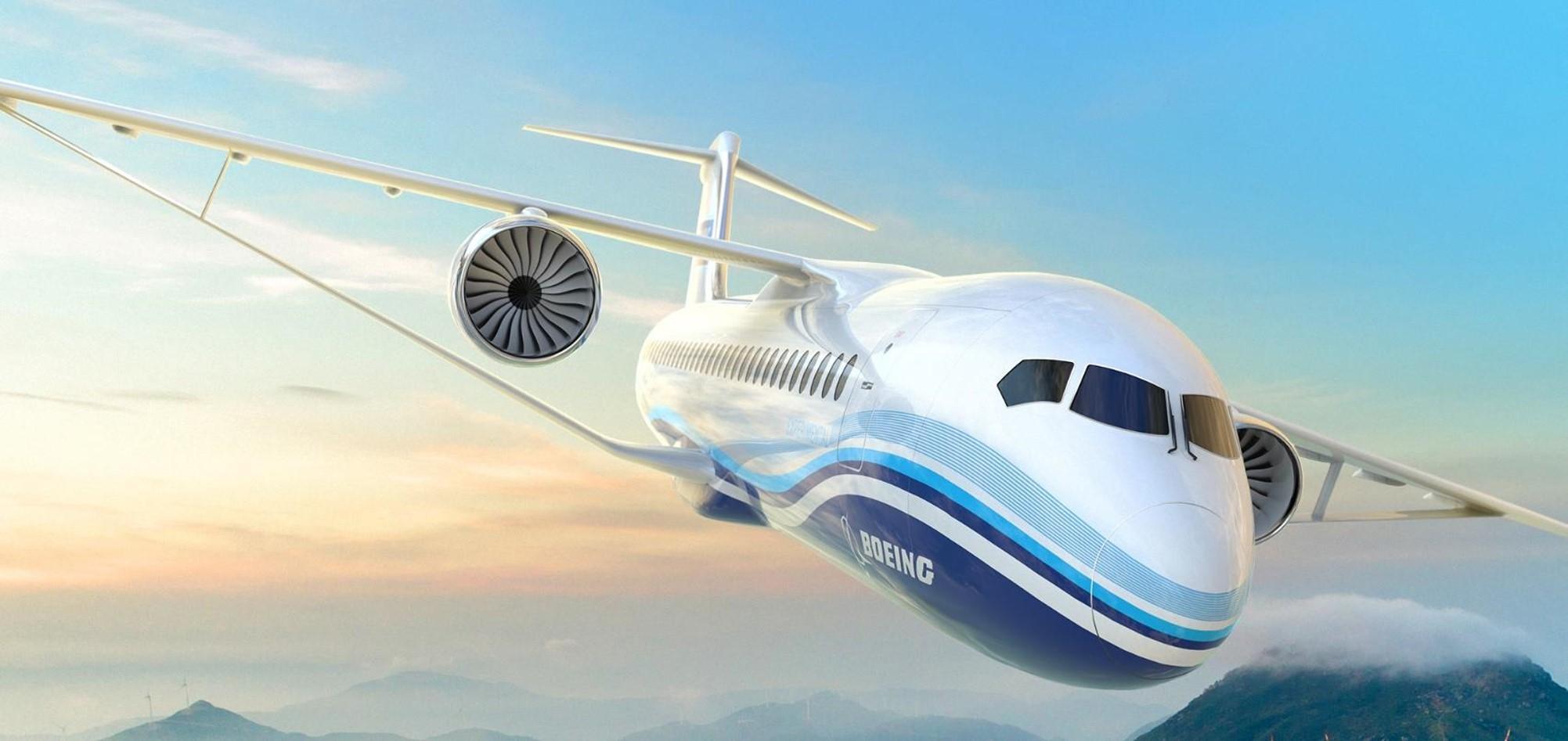
TTBW
Credit: Boeing
SAN DIEGO—NASA’s Sustainable Flight Demonstrator (SFD), a full-scale transonic truss braced wing (TTBW) design in development by Boeing for flight tests later this decade, has been designated the X-66A by the U.S. Air Force. The latest X-plane, the X-66A is the first in the almost 80-year...
Subscription Required
This content requires a subscription to one of the Aviation Week Intelligence Network (AWIN) bundles.
Schedule a demo today to find out how you can access this content and similar content related to your area of the global aviation industry.
Already an AWIN subscriber? Login
Did you know? Aviation Week has won top honors multiple times in the Jesse H. Neal National Business Journalism Awards, the business-to-business media equivalent of the Pulitzer Prizes.





